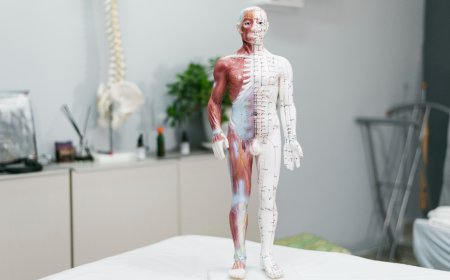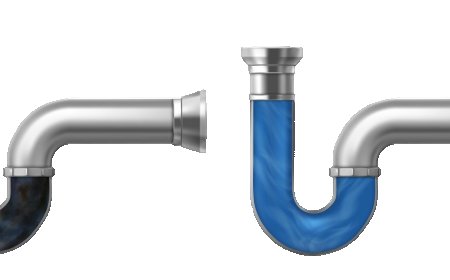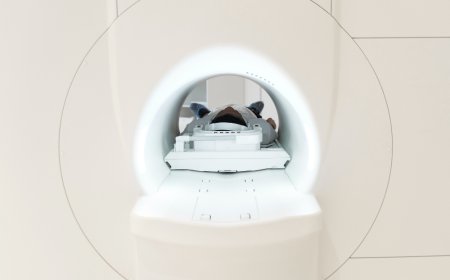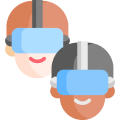imaginX is used by many amazing schools and universities
University / College
Learn how to prevent Electrostatic Discharge (ESD) damage through interactive XR simulations. Understand the critical measures required to protect sensitive semiconductor devices during fabrication, handling, and packaging processes.
University / College
Enhance students' involvement in science by immersing them in interactive learning scenarios. Create simulations for experiments, provide hands-on training in laboratory techniques, and convey theoretical concepts through captivating visual experiences to improve their overall long-term learning outcomes.

Explore bioinformatics tools and computational biology concepts through immersive XR experiences. Analyze biological data, model complex systems, and gain hands-on experience in DNA sequencing, protein structure analysis, and pathway mapping with interactive virtual labs and tutorials.

Reinforce students' understanding of human anatomy, with a focus on structures relevant to surgery, through immersive XR technology. Virtual 3D models of the human body allow students to explore, manipulate, and interact with anatomical structures. Interactive quizzes and exercises enhance learning by testing knowledge of critical organs, systems, and their relationships. Simulations will show how different surgical procedures affect the body’s anatomical structures, bridging theory with practical application.

Learn to install common plumbing fixtures such as sinks, toilets, faucets, and showers. This simulation provides virtual practice in connecting supply lines, traps, and drainage systems. It includes techniques for leveling and securing fixtures to prevent leaks and ensure proper functionality. Feedback is provided on installation quality, water pressure, and fixture operation.

The Transmission Line and Antenna Design module teaches students the fundamentals of transmission line theory and antenna design principles for communication systems. Through virtual simulations, students design, analyze, and optimize transmission lines and antennas, focusing on performance and efficiency.

Gain expertise in biopharmaceutical development through immersive XR simulations, focusing on the production of therapeutic proteins, monoclonal antibodies, and drug discovery processes. Apply virtual labs and interactive tutorials to explore protein expression, purification, and regulatory compliance in pharmaceutical production.

Explore Hyperbaric Oxygen Therapy (HBOT) for treating conditions like carbon monoxide poisoning and enhancing wound healing in a controlled virtual environment.
imaginX seamlessly integrates with leading LMS (Learning Management Systems), enabling educators to track student performance and allowing students to maintain their work records. It is compatible with popular platforms such as Canvas, Blackboard, Moodle, Google Classroom, Schoology, Sakai, Brightspace/D2L, and can also be used independently of an LMS.









